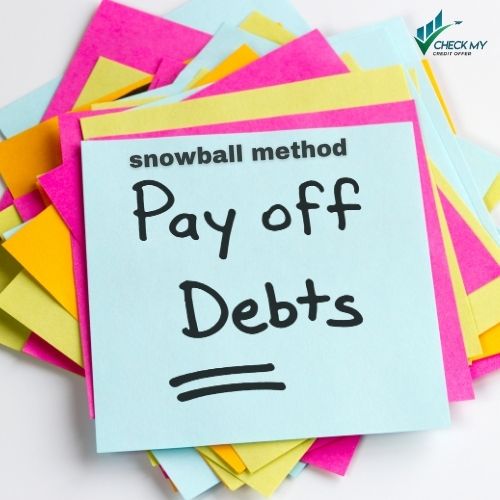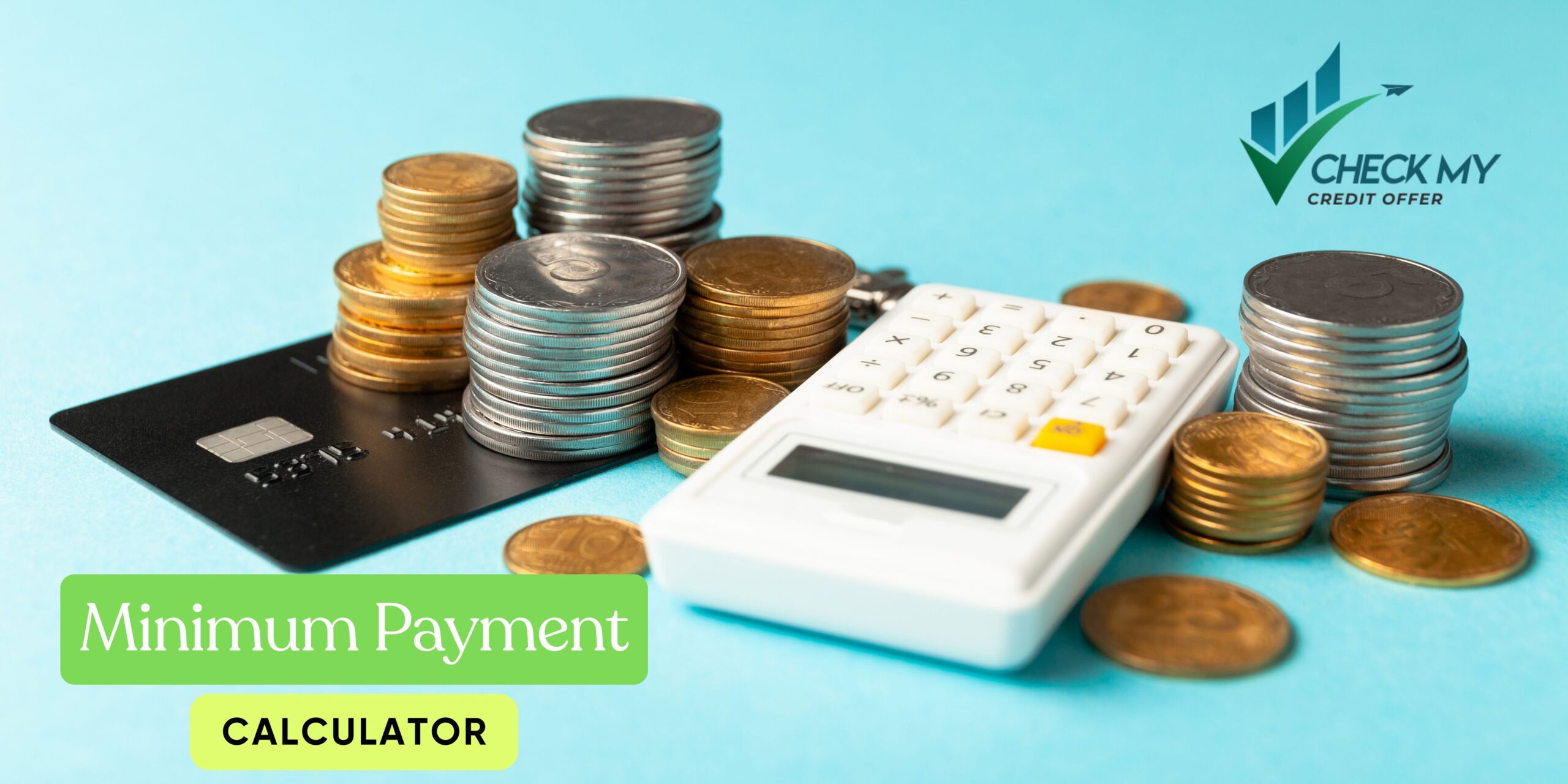Safe Ways to Use Credit Card Offer Codes Without Risk
Obtaining a credit card offer code—such as a Capital One reservation number, Discover invitation code, or Amex RSVP code—can feel like gaining exclusive access to customized credit offers. These codes often provide a faster application process, special incentives, and more favorable terms.
But there’s a valid concern: Are credit card offer codes secure? Could you unknowingly fall into a scam or expose your personal information? This guide will help put your mind at ease by explaining what these codes are, how they work, and how to safely use pre-approved credit card offer codes—including protecting your American Express invitation code.
Follow along with these best practices for using pre-approved codes so you can confidently take advantage of legitimate offers—without exposing yourself to unnecessary risk.

What Are Credit Card Offer Codes?
Credit card offer codes—also referred to as reservation codes or invitation codes—are unique identifiers provided by issuers such as Capital One, Discover, Chase, Wells Fargo, and American Express. They are generally the result of a soft credit check or meeting initial credit requirements.
These codes can arrive in several ways:
- Direct mail (e.g., personalized mailers)
- Email invitations (plain-text or branded)
- Targeted online advertisements
When you enter a code on the issuer’s website, you’ll typically be directed to a pre-approved page showing details such as:
- Annual Percentage Rate (APR)
- Introductory bonus eligibility
- Estimated credit limit ranges
Checking an offer code typically triggers only a soft inquiry, which will not affect your credit score. A hard inquiry occurs only if you proceed with submitting the full application.
Are Credit Card Offer Codes Safe?
By themselves, credit card offer codes are harmless strings of characters. The real risk comes from misuse—particularly when scammers use them as bait to capture your personal information. Common threats include:
- Phishing emails or mailers: Fake messages that mimic banks and ask you to enter your code on a fraudulent site.
- Imposter websites: Third-party sites promising bonus deals if you share your RSVP or invitation code.
- Malicious apps: Fake credit apps that demand excessive permissions to steal personal data.
For example: a phony email may look like it’s from American Express and prompt you to enter your RSVP code on a cloned website. Doing so could compromise both your personal information and your credit account.
The bottom line: It’s not the code that’s dangerous—it’s where you enter it, who’s asking you, and whether the site is secure. Understanding that distinction is essential to using offer codes responsibly.
Top 5 Safe Practices When Using Offer Codes
1. Always Visit the Official Page
Enter your reservation number or offer code only on the official issuer website:
- Capital One: getmyoffer.capitalone.com
- Discover: discover.com/preapproved
- American Express: americanexpress.com/rsvp
- Chase: creditcards.chase.com
- Wells Fargo: wellsfargo.com/preselected
Tip: Type the URL manually and make sure the site is secure (https:// with a lock icon). Avoid fake domains like capitalone-offers.net or discover-rewards.click.
2. Verify the Source of the Code
Real codes arrive in a branded envelope or legitimate email from the issuer. If it looks suspicious, verify before use:
- Go directly to the bank’s official website.
- Enter your code and ZIP/postal code in the official form.
- If the page rejects the code or looks unusual, stop and contact customer support.
3. Do Not Share Your Code Online
Offer codes are tied to your profile. Sharing them online may expose you to fraud, identity theft, or lost opportunities. Treat your code like a password.
4. Look for HTTPS and Site Security
Always confirm the application portal is secure:
- URL starts with
https:// - A padlock icon is visible in the browser
- Avoid submitting info on unsecured pages
5. Monitor Your Credit After Using a Code
After applying with an invitation code, keep an eye on your credit:
- Enroll in free credit monitoring services (Experian, Credit Karma, etc.).
- Check for unfamiliar accounts or hard inquiries.
- If you spot irregular activity, contact the issuer or credit bureau immediately.
Additional Best Practices & Precautions
Check Code Expiration Risk
Offer codes generally expire within 30–60 days. To avoid missing out, apply as soon as you receive the code instead of waiting until the deadline.
Select Minimal Disclosure
Only provide the minimal information required when entering pre-approval codes:
- Name
- ZIP code
- Last 4 digits of SSN (if required)
Issuers should never ask for full SSN, bank account numbers, or PINs during code entry. If they do, treat it as a red flag and stop immediately.
Use Strong Authentication
If your issuer supports two-factor authentication (2FA), enable it on login. This adds an extra layer of security and helps protect against unauthorized access to your credit account.
Watch Out for Scraper Apps
Never enter your offer codes into third-party apps or unofficial tools. Only use the official mobile apps provided by your issuer and download them exclusively from trusted stores such as the Apple App Store or Google Play.
Red Flags to Watch Out for
Recognizing suspicious activity can help you avoid scams. Be cautious of communications that:
- Impersonated messages: Emails or texts pretending to be from issuers asking you to confirm personal details via a link.
- Urgency tactics: Messages that claim “Your offer is expiring in 10 minutes!” without legitimate context.
- Suspicious senders: Emails from fake-looking addresses such as support@amex-offersonline.com.
Fake Websites
Be cautious of fraudulent websites that attempt to steal your information. Red flags include:
- Domains with slight misspellings (e.g., discovercacom instead of discover.com).
- Web addresses using add-ons like “_secure” or “-offers” that mimic real issuers.
- Sites without HTTPS encryption or those showing fake SSL certificates.
Suspicious Info Requests
Legitimate issuers only request limited details for verifying codes. Be wary if a website asks for:
- Full Social Security Number or complete banking account details upfront.
- Social Security PIN to “verify” your code.
- Manual photo upload of your invitation letter or offer mailer.
Authentic issuers typically request only your name, ZIP code, and the code itself. They will never require uploading images of your mail offer or demand sensitive personal details unrelated to verification.
RSVP Phishing with Codes
Fraudsters may attempt to trick you into using your Amex RSVP code on a fake website. To protect yourself:
- Go directly to the issuer’s official website.
- Manually type in the URL yourself—never click on suspicious links.
- Enter your legitimate RSVP code only after verifying the domain is correct.
Final Safety Tips
To summarize, follow these essential steps to use offer codes securely:
- Always use authentic issuer websites.
- Verify the source of the offer before entering any code.
- Never post your codes online.
- Check for SSL security (
https://and a lock icon). - Monitor your credit activity after activating a code.
Bonus Tips
- Set calendar reminders for expiration dates to avoid missing out.
- Shred physical mail offers once you’ve used them.
- Store digital copies only in secure folders or password managers.
- Report suspicious attempts immediately to the issuer’s fraud department.
Frequently Asked Questions — Credit Card Offer Code Safety
Are pre-approved offer codes safe to use?
Can phishing scams misuse RSVP or invitation codes?
How do I know a website is legitimate?
https://, shows a lock icon, and has a correct domain.Can using an expired offer code still pose a risk?
Should I ever share my offer code publicly or online?
What info should issuers never request when entering a code?
Should I monitor my credit after applying with a code?
Can I enable two-factor authentication (2FA) on card issuer sites?
What are common phishing red flags to watch out for?
If I missed one offer, how do I avoid missing future ones?
Conclusion
Securely using credit card offer codes is not difficult — just follow the best practices listed above. Here’s a quick recap:
- Codes are safe when used properly.
- Always use official issuer websites and verify authenticity of links.
- Keep your personal details secure from scams and phishing attempts.
- Monitor your credit regularly after applications.
By staying savvy, cautious, and informed, you can confidently take advantage of tailored promotions such as Capital One reservation numbers, Discover invitation codes, and Amex RSVP codes — without unnecessary risk.
For additional assistance with improving your credit score, clarifying card terms, and comparing rewards features, explore our other comprehensive guides on this site.






